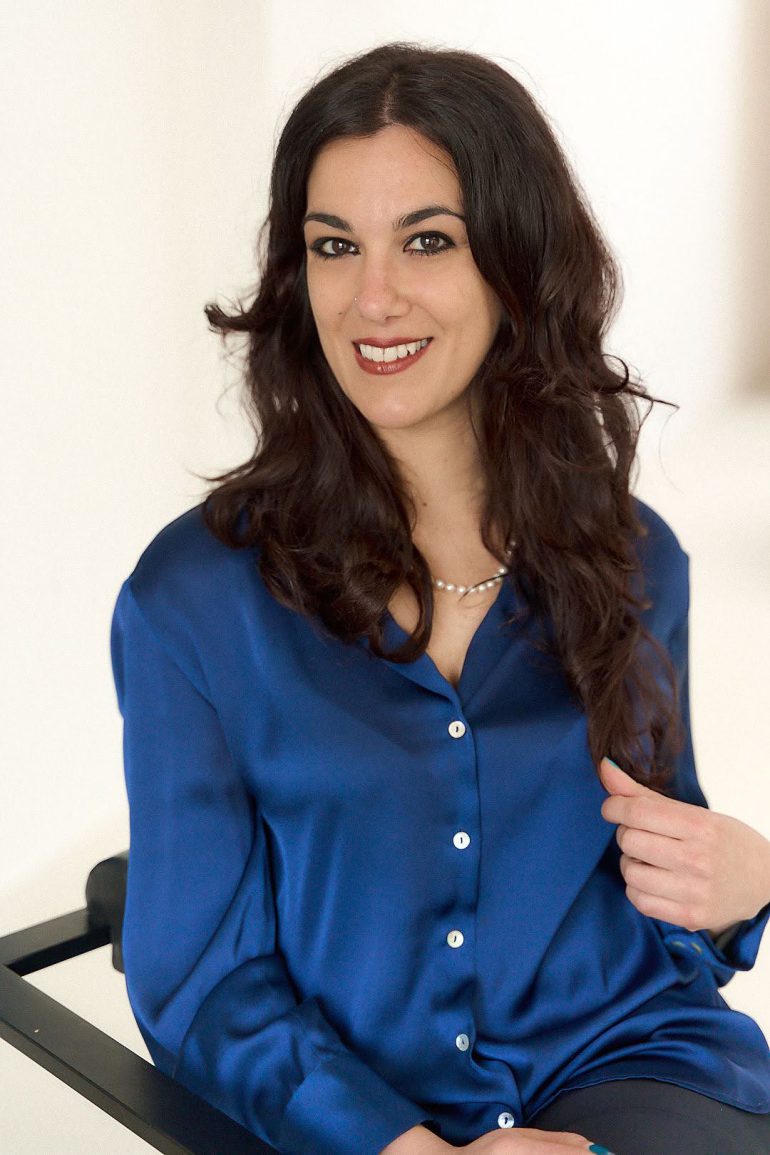There’s something about Rotterdam that doesn’t try to win you over. You either fall for its bold, unpredictable energy, or you don’t. It’s not a place that offers cozy charm on a silver platter. Instead, it demands a little context, a bit of curiosity, and a willingness to rethink what a Dutch city should look like.
It is fun to write about the city where I live and that I’ve chosen to call home. The feelings Rotterdam can give me, after more than a decade from our first encounter, are still many; it never stops to fascinating me.
Surely, when I first visited, I didn’t know what to make of it. It wasn’t the Netherlands I imagined. Visiting the city centre, I was asking myself where the canals, the brick houses and the windmills were. I didn’t expect to find skyscrapers and a modern, striking style of architecture. But then I learned what happened here in 1940.
During a tense negotiation for surrender between the Dutch and the Germans, the city was bombed. In just eight minutes, Rotterdam’s centre was reduced to rubble. The heart of the city gone. But instead of rebuilding what was lost, Rotterdam chose reinvention.
Some of the pre-war buildings survived the blast and still stand quietly among the steel and concrete, making us realise that these buildings carry important stories or were themselves relevant in architecture back then already. For example, Witte Huis, a white art nouveau tower which was Europe’s first skyscraper, still overlooks the Old Harbor. The grand city hall on Coolsingel, an eclectic mix of styles from art deco to Byzantine, remains as regal as ever. And then there’s the church of Saint Laurens, the city’s last medieval survivor, saved only by the determination of locals who refused to let it be demolished.
These remnants of old Rotterdam are moving and keep the tradition in the most explored area of the city. But it’s the post-war vision that defines the city today. Rotterdam went bold with the iconic Cube Houses, the Markthal and the Erasmus Bridge.
Some people find this chaotic; I understand that. But once you know the story – the trauma, the resilience, the decision to build not what was, but what could be; it all begins to make sense. Rotterdam isn’t beautiful in the traditional sense. Still, you only have to walk out of the city centre to see elements of classical Dutch architecture, the way we are used to think about it.
There are quiet corners, too. I loved walking through Het Park near the Euromast, Rotterdam’s towering observation point that offers a 360-degree view of the city and the harbour beyond. The neighbourhood of Delfshaven, with some houses as old as the 17th century, boasts the traditional Dutch picturesque canals that we know from other towns.
The city offers a lot of cultural scenes as well. While the main museum, Boijmans Van Beuningen, is closed for renovation, its Depot offers a new way to see art, behind the scenes, in storage. This is Rotterdam, the city which built the first art deposit open to the public in the world! At the same time, Rotterdam is the place to explore the art of local photographers (Fotomuseum), and where a classical museum setup (Wereldmusem) co-exists with the Kunsthal, the most contemporary one that I have ever visited. There is really everything for everyone.
The story of immigration in Rotterdam is huge; and it’s not only about people who came, also people who left. This city is home for over 180 nationalities and, especially around Kop van Zuid and Katendrecht, it is possible to see how the story of many people and culture mixed. This is why it was chosen as location for the brand-new Fenix immigration museum. At the same time, many emigrants in the 19th and 20th century left from the Port of Rotterdam to build new lives in America or Australia.
Rotterdam is almost like having two souls which keep on mixing with each other. It is traditionalist in some aspects; I feel like the Dutch culture is more evident here than in cities like Amsterdam, where the skyline of the city would suggest a major attachment to traditionalism. Rotterdam is old and modern, chaotic and quite at the same time. It literally depends on what corner of the city you are exploring.
Rotterdam isn’t easy to love. But maybe that’s why, when you finally do, it feels earned. It’s a city with scars, with courage, and with the kind of creative energy that only rises from the ashes.
Written by Rossella Davì
goingexpat.info
